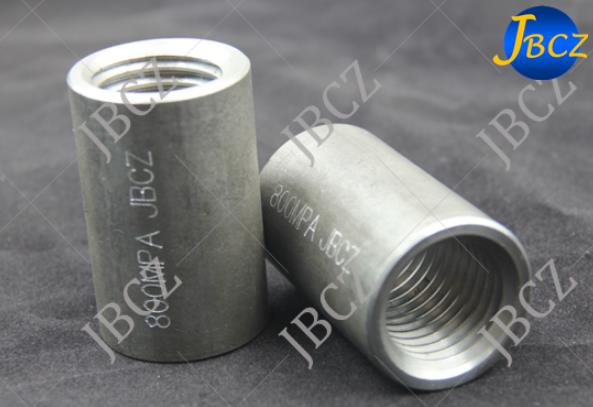A rebar splice is a connection used to join two bars in a reinforced concrete structure. Rebar splices may be required when the length of rebar required for a project exceeds the available length of the rebar inventory. However, if not done properly, a rebar splice can lead to structural failure, which can be catastrophic, resulting in injury, death and property damage. In this article, we will discuss the causes of rebar splice failure, preventive measures and remedial strategies.

(1) Causes of rebar splice failure
The main cause of rebar splice failure is inadequate bonding between the two bars. Bonding refers to the bond between the reinforcement and the concrete. If the bond between the two reinforcement bars is not strong enough, it may lead to the failure of the entire structure. Another common cause of rebar splice failure is inadequate overlap. When there is insufficient overlap, the splice may fail under load. Other factors that can lead to rebar splice failure include improper installation and inadequate quality control during construction.
(2) Prevention of reinforcement joint failure
Preventing rebar splice failure requires careful attention to detail at every stage of the construction process. During the design phase, engineers should ensure that rebar splices are used only when absolutely necessary. During installation, proper alignment and adequate overlap of reinforcing bars should be ensured. In addition, quality control measures should be implemented to verify that all work meets the approved standards.
(3) Remedial Strategies for Failed Rebar Splices
In the event of a rebar splice failure, it is important to take immediate action to prevent further structural damage. One remedial strategy is to reinforce the damaged area by installing additional reinforcing steel. This will help distribute the load throughout the structure and prevent any further damage. Another strategy is to replace the failed splice with a new one. However, this is usually more expensive and time-consuming than reinforcing the damaged area. In some cases, it may be necessary to demolish and rebuild the entire structure.
In summary, the use of reinforcement splices is a common practice in reinforced concrete structures. However, it must be performed correctly to avoid catastrophic failure. Rebar splice failures can be caused by inadequate bonding, inadequate overlap, improper installation, and inadequate quality control. Preventing rebar splice failure requires close attention at every stage of the construction process, from design to installation. When rebar splice failure does occur, immediate remedial action must be taken to limit further damage to the structure. By following these best practices, we can reduce the likelihood of rebar splice failure and ensure the safety and longevity of reinforced concrete structures.